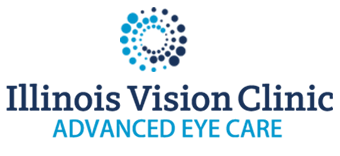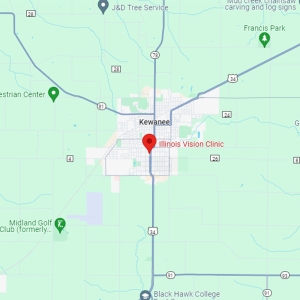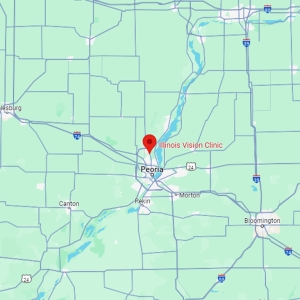Eye Exams

Regular eye exams are vital for maintaining your overall health. If you neglect eye exam appointments, you could develop serious eye and vision problems over time.
During an eye exam, your provider will ask you questions about your eyes and vision, then they’ll conduct various tests. These tests help to rule out eye disease and other conditions. They also help the doctor to determine if you need glasses or contacts.
If you’re in need of an eye exam, Illinois Vision Clinic has you covered! With our experience and state-of-the-art technology, we provide the best eye exams in the area. Furthermore, we also offer a wide variety of other treatments and services. Call us today to make an appointment!
What is an Eye Exam?
Eye exams are for everyone, not just those who need glasses or contacts. Your doctor may suggest eye exams more often if you have certain health conditions. These exams focus on checking your overall eye and vision health. Your provider will run tests to determine your eye alignment, field of vision, the pressure inside your eye, and more.
Key Components of an Eye Exam
A typical comprehensive eye exam includes 12 different parts. Seven of these components are used to determine how your eyes look and how they work.
Here are the various tests you can expect:
Visual Acuity
This part of the exam has the patient look at a chart with letters and symbols. This will determine how well you can see.
Movement and Alignment
This will check how successful your eyes are at moving in all directions. This part of the exam also looks at how well your eyes are aligned.
Field of Vision
The field of vision test is used to determine how well you can see in the different sections of your vision field.
Conjunctiva
This part allows the eye doctor to closely examine your conjunctiva. This is a clear, thin membrane that covers the inside of your eyelids and the white section of your eye.
Pupil and Iris
Your provider will also check that your pupil and iris work normally. To do this, they will test the pupillary reflexes, which shows how well the pupil responds to light.
Surrounding Outer Tissue (Ocular Adnexa)
The ocular adnexa consists of several different areas that surround the eyeball. This includes your eyelids, tear system, and the lymph nodes in front of your ears. Your doctor will closely examine these parts to ensure they’re working correctly.
Intraocular Pressure
This area of the exam is used to determine the fluid pressure inside your eye. Your doctor will check this by using a device that pushes a puff of air against your eye’s surface.
Aside from the tests listed above, many doctors also run tests using a slit lamp. This device has a light and magnifying lens that your doctor uses to look inside your eyes.
Slit Lamp Tests
Cornea
Your cornea is a protective layer of your eye. Your doctor will check if everything looks good in this area.
Lens
Your provider will use a slit lamp to look at the lens’s clarity and structure.
Anterior Chamber
This test allows the specialist to see any visible changes, which could indicate glaucoma or other problems.
Retina
Your doctor will also get a close look at your retina, the layer at the back of your eyes that is sensitive to light.
Optic Nerve
Your optic nerve will also be checked, and certain findings can indicate ischemic optic neuropathy or other conditions.
If you’re searching for a trusted, high-quality eye exams, look no further than Illinois Vision Clinic. We’re here for all of your eye and vision needs!




